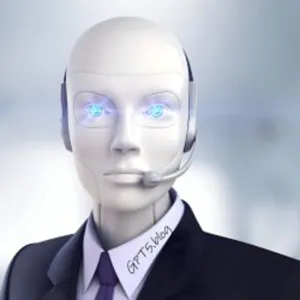Introduction to Machine Translation Systems (MTS)

Machine Translation Systems (MTS) are computer-based systems that automate the process of translating text or speech from one language to another. MTS aim to overcome language barriers and facilitate communication between individuals or organizations that speak different languages.
MTS can be broadly classified into two main approaches: rule-based and data-driven. Rule-based systems rely on linguistic rules and dictionaries to translate text based on predefined translation rules and grammar. These systems often require expert knowledge and manual creation of language-specific rules, making them labor-intensive and suitable for specific language pairs or domains.
On the other hand, data-driven systems, such as Statistical Machine Translation (SMT) and Neural Machine Translation (NMT), leverage large-scale parallel corpora, which consist of aligned bilingual texts, to learn translation patterns and generate translations. These systems employ statistical models or neural network architectures to automatically learn the relationships between words, phrases, and sentence structures in different languages, enabling them to generate translations more accurately and fluently.
Machine Translation Systems have evolved significantly over the years, with notable advancements in translation quality, efficiency, and coverage. Modern MTS, particularly Neural Machine Translation, has demonstrated state-of-the-art performance and has been widely adopted in various applications, including web translation services, localization of software and content, cross-language communication, and multilingual customer support.
Despite the advancements, challenges still exist in machine translation. MTS may struggle with accurately capturing the nuances and cultural contexts present in different languages, understanding idiomatic expressions, and handling domain-specific terminology. Translation quality can vary depending on the language pair, availability of training data, and system complexity.
To address these challenges, researchers and developers continue to explore innovative techniques, such as leveraging pre-trained models, domain adaptation, incorporating contextual information, and improving the post-editing process. Additionally, the availability of large-scale multilingual datasets and ongoing advancements in artificial intelligence and natural language processing contribute to the continuous improvement of MTS.
Machine Translation Systems have significantly contributed to breaking down language barriers, fostering global communication, and facilitating cross-cultural collaboration. They enable individuals, organizations, and governments to access information, conduct business, and connect with people across linguistic boundaries, thereby promoting cultural exchange and understanding.
In conclusion, Machine Translation Systems (MTS) are computer-based systems that automate the process of translating text or speech between languages. MTS employ different approaches, such as rule-based, Statistical Machine Translation (SMT), and Neural Machine Translation (NMT), to generate translations. While challenges persist, MTS have made remarkable progress, enhancing global communication and bridging linguistic gaps in various domains and applications.
Kind regards by Schneppat AI & GPT-5
